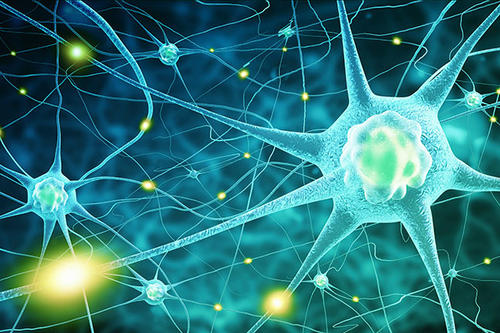
University of Minnesota Medical School researchers have identified a potential target for treating Alzheimer’s disease. Applying their finding, they reversed memory loss in mice.
“We’ve identified a target that could be utilized to develop new treatments to restore communication between neurons within the brain,” says Karen Ashe, a professor in the Department of Neurology and senior author of the study. Xiaohui Zhao, a research associate in the Ashe lab, led the research, which appears in the current issue of Nature Medicine.
The team found that caspase-2, a naturally occurring enzyme, may be the culprit. The enzyme splits tau—a protein found in healthy brains—in two at a certain point. In the mouse models of Alzheimer’s disease, this splitting drove full-length tau to “mislocalize” inside neurons and disrupt their functioning. Reducing levels of caspase-2 led to recovery of existing memory deficits. This or a similar treatment may possibly help restore memory and cognitive abilities in human patients.
“This is a significant step forward in the fight against Alzheimer’s disease and memory loss,” Ashe says. “Next, we hope to collaborate with our colleagues in drug development to translate this towards care, with the hope to help improve and preserve the quality of life for those struggling with memory-related conditions.”
- Categories:
- Science and Technology





